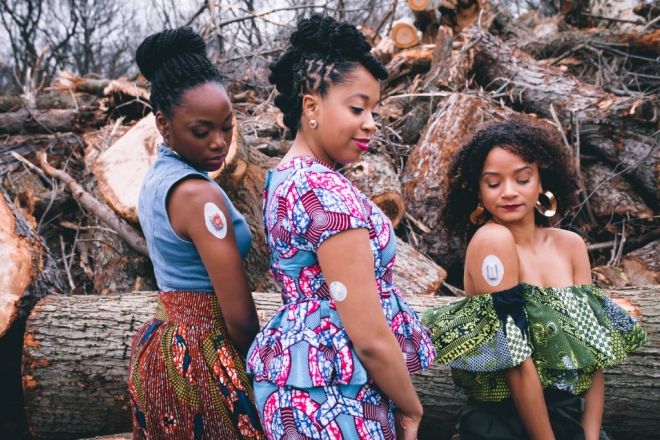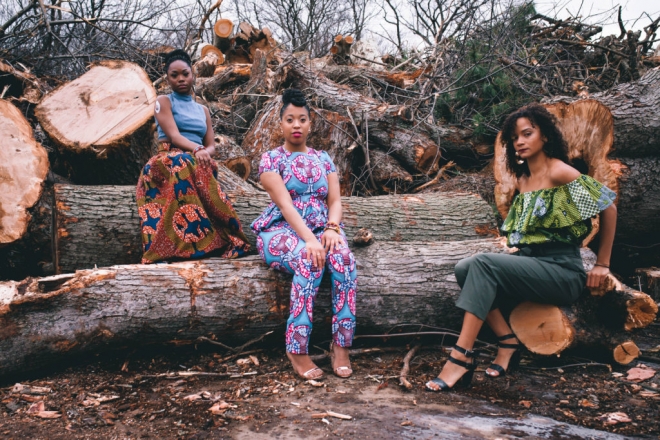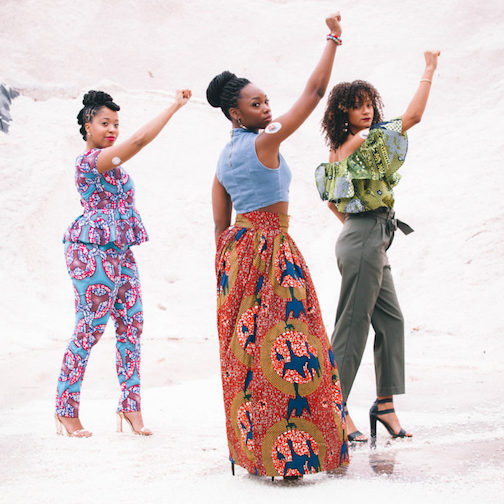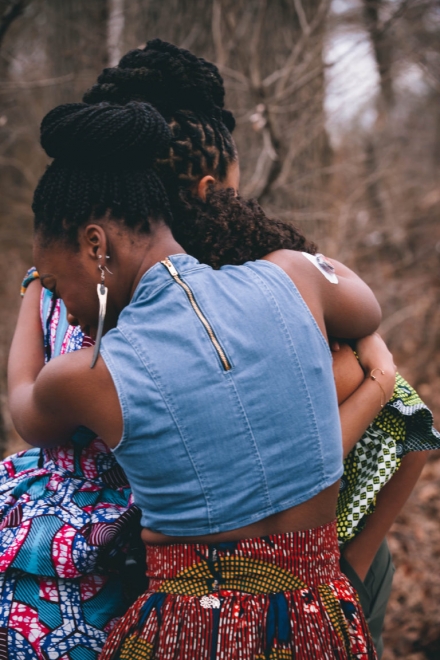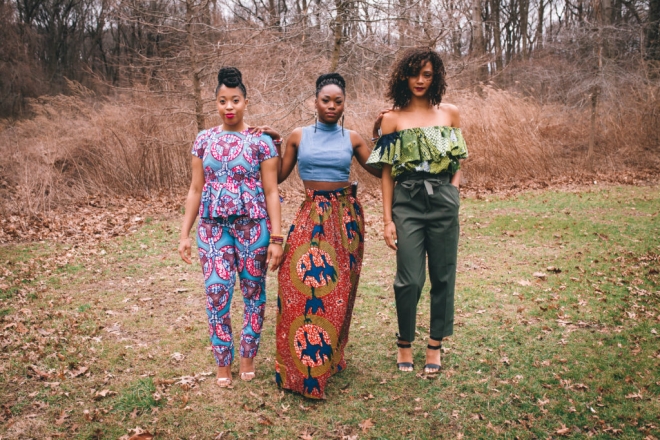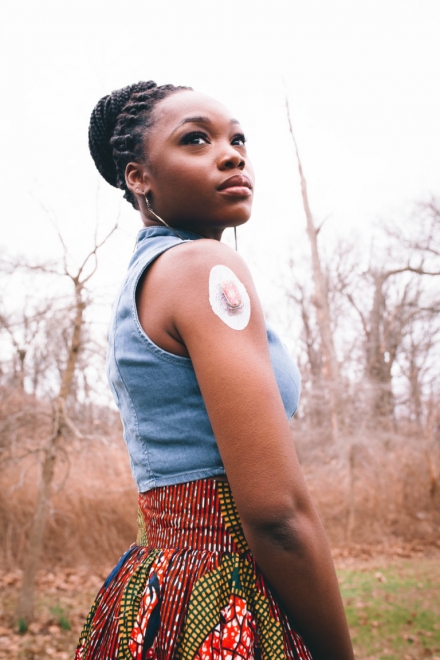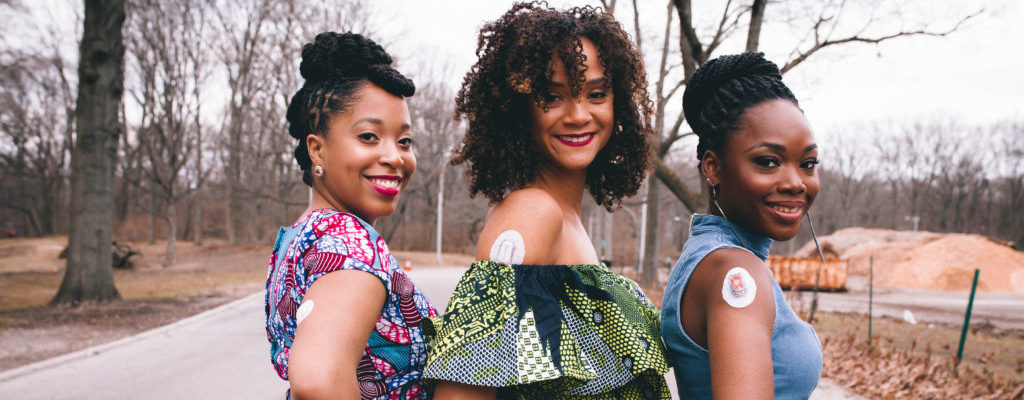Diabetics on the Margin: Celebrating Diversity Within the Diabetes Community
>Editor’s Note: This story was originally published on Just a Little Suga site.
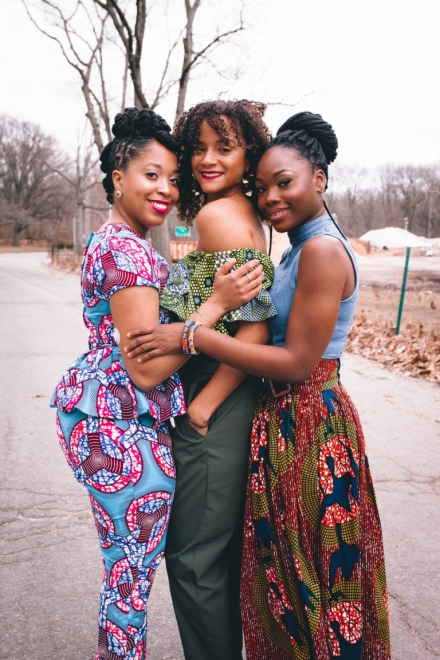
The purpose of this project, Diabetics on the Margin: Celebrating Diversity Within the Diabetes Community, is to elevate the narratives of diabetics of color. I wanted to bring awareness to our existence, as young Black and brown women, living boldly with this disease (in our case, type 1 diabetes). Growing up, there existed a common perception around Blackness and diabetes, both within and beyond my racial community. It was one characterized by the prevalence of type 2 and unfortunate tales of aunties and uncles suffering from kidney failure, amputation, or some other complication. These stories were told to me so frequently that they never felt jarring.
Type 2 diabetes runs rampant within communities of color. It claimed the life of my maternal grandmother, and many of her sisters still cope with this disease today. I often wonder, what would it have meant for my grandmother to have visible examples of people with diabetes who looked liked her and strived to live well? Black and brown folks who not only understood the inconvenience of diabetes, but also made intentional efforts to pursue a healthier lifestyle as a result. Would she have been compelled to make better choices if given another chance? Would she have felt less alone in her struggles? I don’t know. What I do know is that as a person with type 1 diabetes, witnessing my grandmother’s demise from diabetic complications startled me and propelled me into a dark depression. As a Black person with diabetes, I wondered—was I doomed to experience the same fate as my grandmother? After all, I was bombarded with negative images and statistics on how diabetes ravaged communities of color. What I also know, is that Blackness and diabetes doesn’t only mean living with type 2. There are many forms of diabetes, and we suffer from them all (type 1, latent autoimmune diabetes in adults (LADA), etc.).
My grandmother’s story informs how I’ve viewed my condition as a person with type 1 diabetes and the choices I’ve made in living with this disease. It also explains my desperation in seeking out individuals of color triumphantly living with diabetes. One of my intentions in creating this platform was to introduce a counter narrative to the pervasive and dismal statistics that detail racial and ethnic minorities higher risk of complications, higher prevalence of diabetes in comparison to whites and higher rates of death from this disease. I not only wanted to share my story, but I also wanted to create a community focused on living well, that elevated the voices of other individuals of color coping with and tackling diabetes.
Being that February was Black History Month and March is Women’s History Month, I thought this season provided the perfect opportunity to shift my attention to highlighting the stories of other people with diabetes and women of color. I called on my dear sister friends and fellow women with diabetes, Aisha @dulcevidaa, with type 1 diabetes (T1D) for 15 years and Gloria @eni_romi, T1D for 21 years to participate in a photo shoot and discussion, where they highlight the importance of visibility within the diabetes community.
I hope you’re moved and encouraged by their stories. You may find them below.
